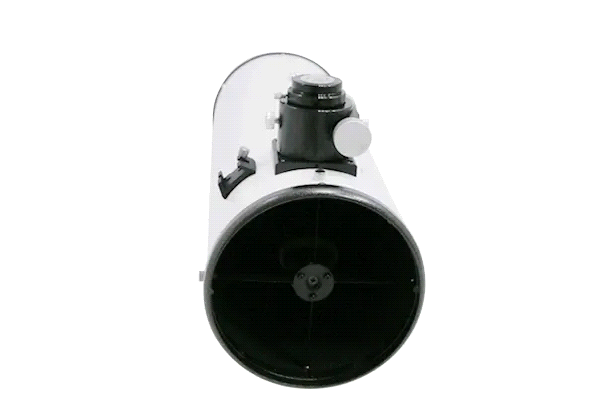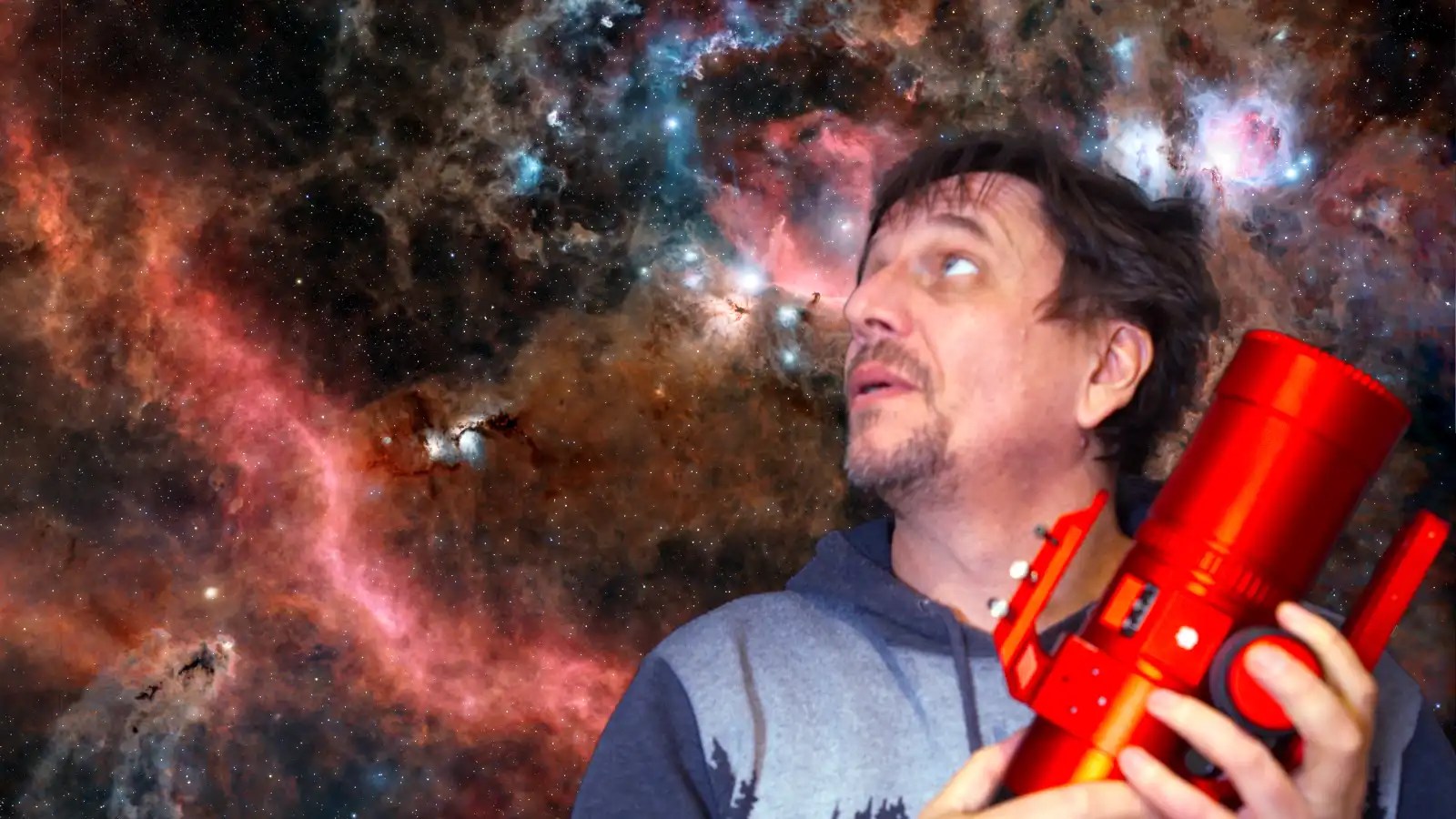Best Value Telescope for Astrophotography


I think that 8 inch Newtonians hit a massive astrophotography sweet spot. Proof of this are seen in the astrophotos of the new generation of astrophotographers like Lyaphine.
Lyaphine who is member of my discord server (you can join us here) discovered a planetary nebula (right picture) with her 8 inch Newtonian while shooting NGC7159 (left picture)
More proof can be found in tests that were done in Big Amateur Telescope last year. I was keen to find the best gear for lucky imaging so we tested the sharpness of over 200 telescopes. We did this by simply by seeing how blurry in arcseconds the stars were in photos taken by our member’s telescopes. One test is not perfect because the results are affected by the seeing conditions but if you do lots of tests then when the seeing conditions are good the sharpest telescopes will rise to the top of the pile. As you’d expect at £10k the
Planewave CDK 12.5 and the C14 HD Eundge did pretty well, at £6k Orion Optics ODK12 was up there, so was the £5k the 6” Esprit apo refractor… so far all the usual suspects but then like a fish out of water at just £500 up popped a couple 8 inch Newtonians with mirrors made by Tiawanese company GSO . WOW! So I named these 8 inch F4 newtonians made by GSO “The Wow Scope”.
How to BUY the WOW Scope!
Buying these 8 inch newtonians is a little bit confusing because they are rebadged by whoever is selling them. For instance in the UK FLO call them Stellalyra , in the Europe they are know as TS Photons , in the USA High Point Scientific calls them Apertura . They are all made by the Taiwanese company Guan Sheng Optical. I suspect GSO’s mirrors are better than those sourced by other Chinese companies like Sky-Watcher.


I think that the main reason these scopes perform so well is that their native resolution is about 1 arcsecond. And that is very similar to the maximum resolution that can be achieved by any telescope on earth due to our wobbly atmosphere. In the UK sometimes the atmosphere is so wobbly you can’t resolve things smaller than 3 arcseconds and when the seeing is good 1 arc second is about the best you can hope for. So in a sense these wow scopes aren’t amazing they just happen to perform as well as much more expensive scopes because the seeing puts a limit on how amazing these expensive telescopes can be. Another way of looking at it is that people who buy more expensive scopes are a bit stupid for wasting their money on something that will never be able to perform as well as it could. Why buy a Ferrari when the speed limit on the motorway is 70mph etc… Perhaps that’s a bit harsh because actually these more expensive scopes do have their place especially if you have a large sensor but I hope you get what I mean.
So the 8 inch F4 Newtonian just happens to be the most cost effective telescope that hits the resolution ceiling set by our wobbly atmosphere. Oh and its fast which means you can go deep which is the reason why Lyaphine managed to discover her own planetary nebula. But heads up these Newtonians aren’t perfect.

PROs
- Resolution similar to that of the wobbly atmosphere: no point in going bigger
- Price: mirrors are much cheaper than apo lenses at this resolution
- No Chromatic aberration
- Still small enough to fit on a relatively small mount: Even managed to fit one on an EQM-35 (see here) but really an HEQ5 or EQ6-R PRO is needed.
- Fast Focal Ratio
- Works with small pixel cameras
CONs
- Coma; needs good coma corrector and the best cost around £500
- Need to know how to Collimate: My Patrons have access to a collimation tutorial video and I answer their questions in hidden channels on my discord server.
- As with all Newtonian telescopes dew forming on the secondary mirror is a problem. Its fixable but you’ll need to get it sorted. See below.
The biggest problem with a fast Newtonian telescope like the wow scope is coma. Coma becomes more of a problem the further from the centre of the image you get. So if you use a full frame sensor like you’d get on a full frame dslr. So you need a really good coma corrector. The best coma corrector I know of is tele-vue’s paracorr.
But this coma corrector pushes the focus position of your camera 4 cm further away from the tube (see this video). If you have a heavy camera that’ll put a lot of strain on the focuser and you will probably need to upgrade the wow scope’s focuser.
Another issue is dew forming on the secondary mirror. I am currently trying out a modified secondary mirror dew heater made by scopetech which I’m modifying to reduce the width of the wires… I’ll let you know how I get on.
Another issue is dew forming on the secondary mirror. I am currently trying out a modified secondary mirror dew heater made by scopetech which I’m modifying to reduce the width of the wires… I’ll let you know how I get on.
Heads up Lyaphine’s telescope is an upgraded version of the wow scope called a 8″ f/4.5 ONTC Carbon Tube Newtonian telescope – fully customizable by telescope services. It has a carbon fiber tube, a better focuser and you can move the primary mirror up and down the tube which helps if you use a tele vue coma corrector. These extras make her scope £1k more expensive than the wow scope.














